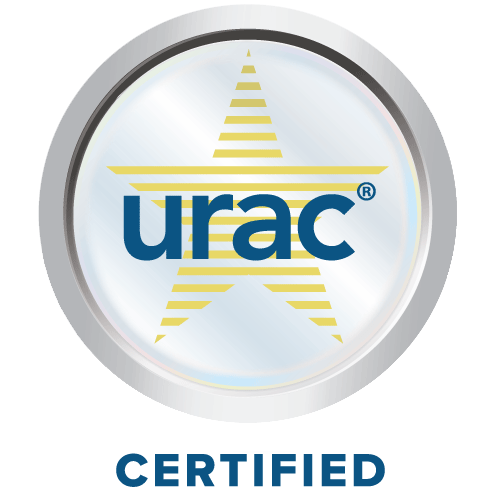Antithrombin III blood test
Antithrombin; AT III; AT 3; Functional antithrombin III; Clotting disorder - AT III; DVT - AT III; Deep vein thrombosis - AT III
Antithrombin III (AT III) is a protein that helps control blood clotting. A blood test can determine the amount of AT III present in your body.
How the Test is Performed
How to Prepare for the Test
Certain medicines may affect the results of the test. Your health care provider may tell you to stop taking certain medicines or reduce their dose before the test. Do not stop taking any medicine before speaking with your provider.
How the Test will Feel
When the needle is inserted to draw blood, some people feel moderate pain. Others feel only a prick or stinging. Afterward, there may be some throbbing or a slight bruise. This soon goes away.
Why the Test is Performed
Your provider may order this test if you have repeated blood clots or if blood thinning medicine does not work.
Normal Results
Normal value ranges may vary slightly among different laboratories. Talk to your provider about the meaning of your specific test results.
What Abnormal Results Mean
Lower-than-normal AT III may mean you have an increased risk for blood clotting. This can occur when there is not enough AT III in your blood, or when there is enough AT III in your blood, but the AT III does not function properly and is less active.
Abnormal results may not appear until you are an adult.
Examples of complications associated with increased blood clotting are:
- Deep venous thrombosis (DVT)
- Phlebitis (vein inflammation)
- Pulmonary embolus (blood clot traveling to lung)
- Thrombophlebitis (vein inflammation with clot formation)
Lower than normal AT III may be due to:
- Bone marrow transplant
- Disseminated intravascular coagulation (DIC)
- AT III deficiency, an inherited condition
- Liver cirrhosis
- Nephrotic syndrome
Higher than normal AT III may be due to:
- Use of anabolic steroids
- Bleeding disorder (hemophilia)
- Kidney transplant
- Low level of vitamin K
Risks
There is little risk involved with having your blood taken. Veins and arteries vary in size from one person to another, and from one side of the body to the other. Obtaining a blood sample from some people may be more difficult than from others.
Other risks may include:
- Excessive bleeding
- Fainting or feeling lightheaded
- Multiple punctures to locate veins
- Hematoma (blood accumulating under the skin)
- Infection (a slight risk any time the skin is broken)
References
Anderson JAM, Weitz JI. Hypercoagulable states. In: Hoffman R, Benz EJ, Silberstein LE, et al, eds. Hematology: Basic Principles and Practice. 8th ed. Philadelphia, PA: Elsevier; 2023:chap 138.
Sarode R, Kessler CM. Coagulation and fibrinolysis. In: McPherson RA, Pincus MR, eds. Henry's Clinical Diagnosis and Management by Laboratory Methods. 24th ed. Philadelphia, PA: Elsevier; 2022:chap 40.
Review Date: 6/17/2024


